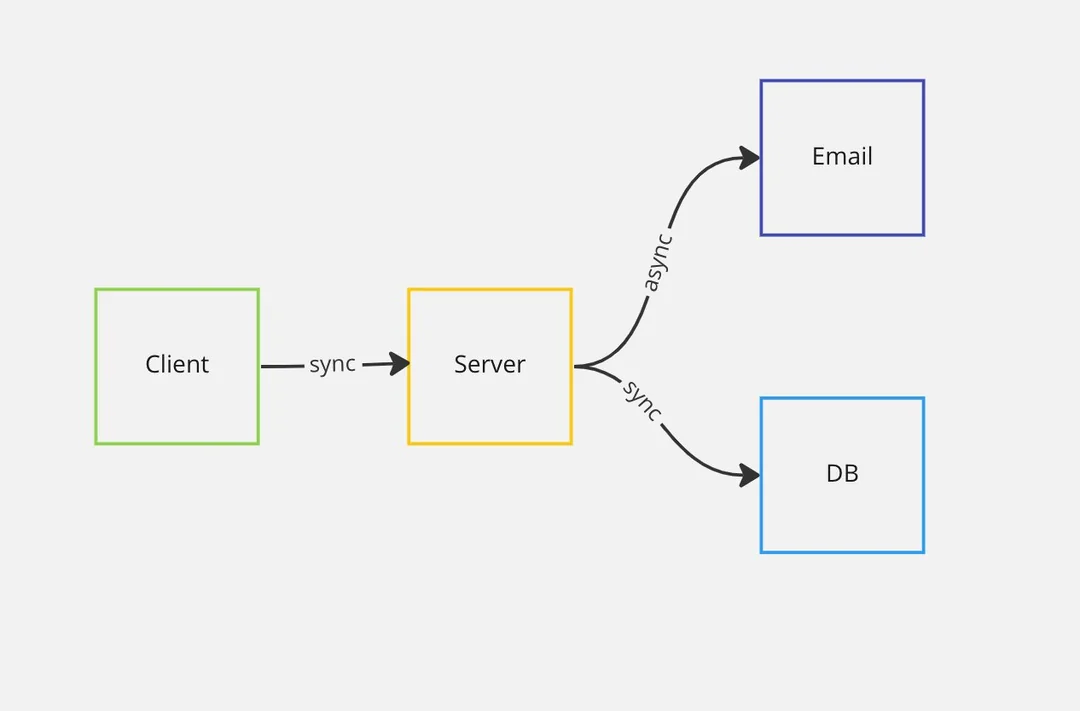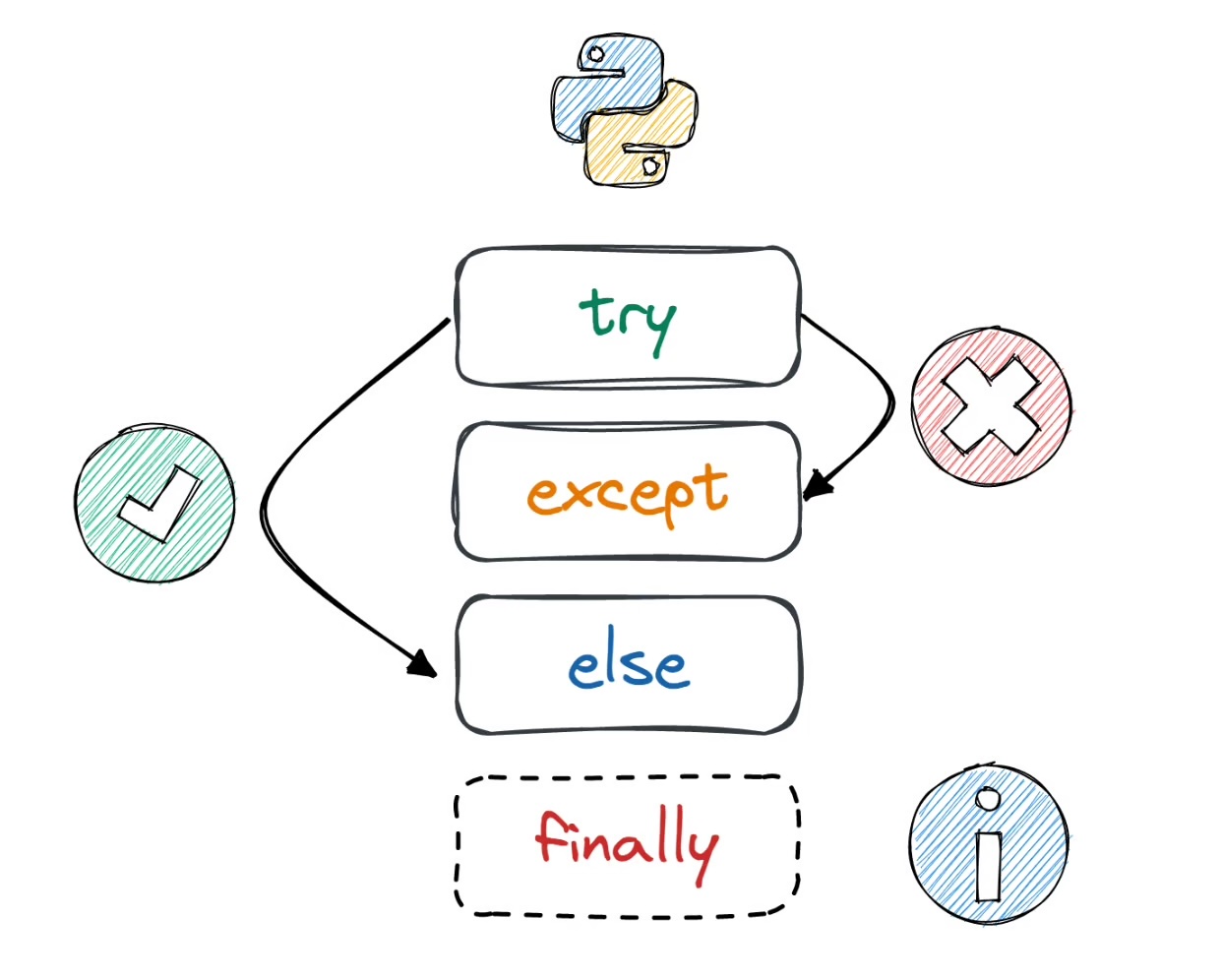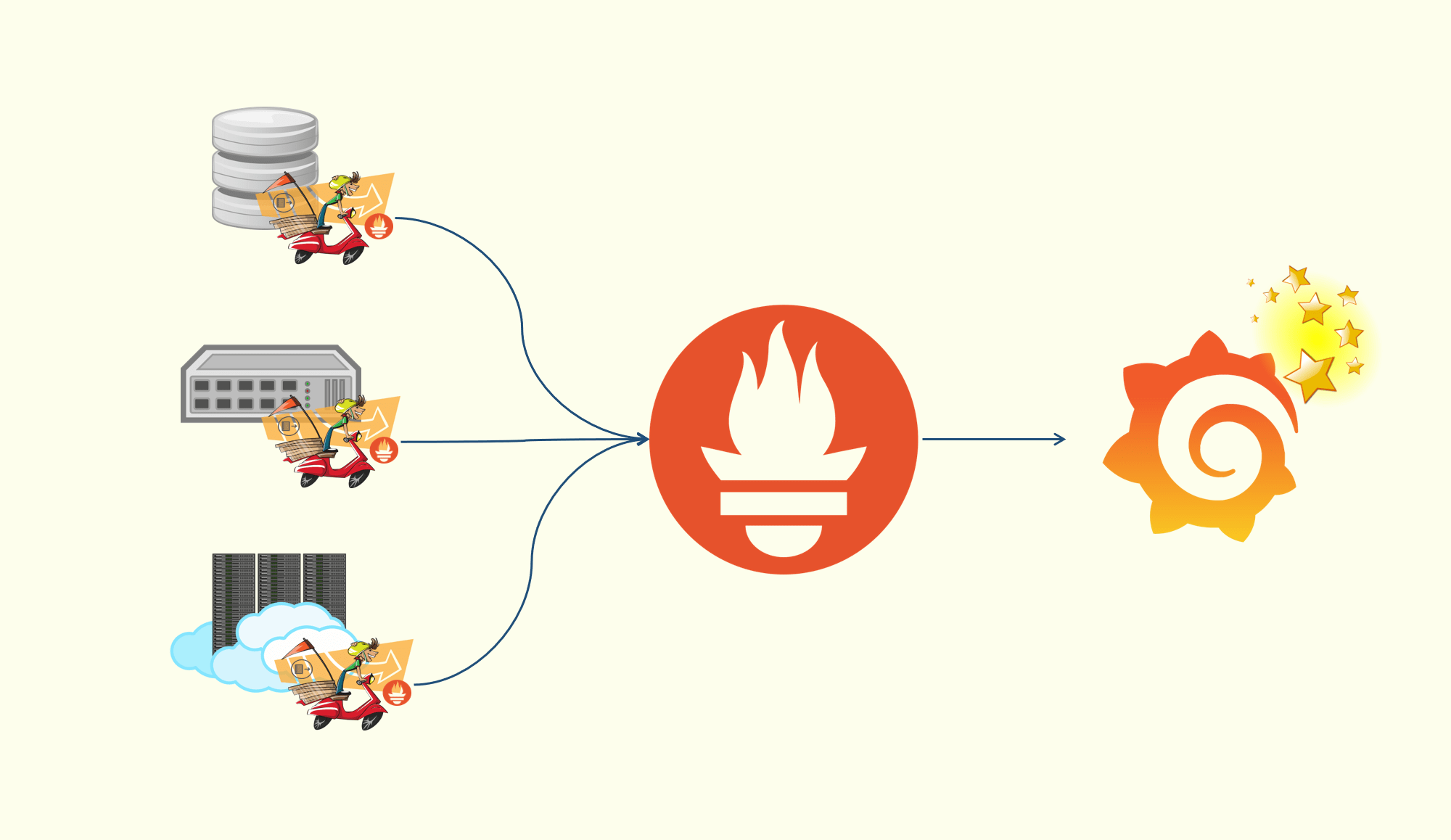本文主要介绍Java 8的 Lambda 表达式的简单使用
基本语法
1
2
| (parameters) -> expression
(parameters) -> {statements;}
|
Apple
相关代码托管在java8_demo
1
2
3
4
5
6
7
8
9
| @Data
@AllArgsConstructor
@NoArgsConstructor
public class Apple {
public static enum COLOR { GREEN, RED }
public static final int HEAVY_WEIGHT = 200;
private COLOR color;
private Integer weight;
}
|
实例
1
2
3
4
5
6
7
8
9
10
11
12
13
14
15
16
17
18
19
20
21
22
23
24
25
| (String s) -> s.length()
int f(String s){ return s.length(); }
(Apple a) -> a.getWeight() > Apple.HEAVY_WEIGHT
boolean f(Apple a){ return a.getWeight() > Apple.HEAVY_WEIGHT; }
(int x, int y) -> {
System.out.println("Result:");
Syetem.out.println(x+y;
}
void f(int x, int y){
System.out.println("Result:");
Syetem.out.println(x+y;
}
() -> 42
int f(){ return 42; }
(Apple a1 , Apple a2) -> a1.getWeight() > a2.getWeight
boolean f(Apple a1 , Apple a2){ return a1.getWeight() > a2.getWeight;}
|
函数式接口 + 函数描述符
函数式接口
- 定义:只定义了
一个抽象方法(排除 default 方法)的接口
- 用途:
Lambda 表达式允许直接以内联的形式,为函数式接口的抽象方法提供实现,并把整个表达式作为函数式接口的实例
函数描述符
- 定义:
函数式接口的抽象方法的签名
函数描述符 = 函数式接口的抽象方法的签名 = Lambda表达式的签名
Lambda 出现的地方
- 赋值给一个变量(类型为
函数式接口)
- 传递给一个接受
函数式接口为参数的方法
自定义函数式接口
函数式接口
1
2
3
4
| @FunctionalInterface
public interface Change {
Integer action(Integer param);
}
|
函数描述符:Integer -> Integer
单元测试
1
2
3
4
5
6
7
8
9
10
11
12
| private int localChange(int param, Change change) {
return change.action(param);
}
@Test
public void multipyTest() {
Change multiply = param -> param * 3;
assertEquals(15, localChange(5, multiply));
assertEquals(4, localChange(3, param -> param + 1));
}
|
常用内置函数式接口
| 函数式接口 |
函数描述符 |
Predicate<T> |
T -> boolean |
Consumer<T> |
T -> void |
Supplier<T> |
() -> T |
Function<T,R> |
T -> R |
BiFunction<T,U,R> |
(T,U) -> R |
BiPredicate<T,U> |
(T,U) -> boolean |
BinaryOperator<T> extends BiFunction<T,T,T> |
(T,T) -> T |
BiConsumer<T,U> |
(T,U) -> void |
UnaryOperator<T> extends Function<T,T> |
T -> T |
Predicate
定义
1
2
3
4
| @FunctionalInterface
public interface Predicate<T> {
boolean test(T t);
}
|
函数描述符:T -> boolean
实例
1
2
3
4
5
6
7
8
9
10
11
12
13
14
15
| private <T> List<T> predicate(List<T> list, Predicate<T> predicate) {
List<T> result = new ArrayList<>();
for (T t : list) {
if (predicate.test(t)) {
result.add(t);
}
}
return result;
}
@Test
public void predicateTest() {
assertEquals(2, predicate(Arrays.asList("zhongmingmao", "", null),
s -> null == s || s.isEmpty()).size());
}
|
Consumer
定义
1
2
3
4
| @FunctionalInterface
public interface Consumer<T> {
void accept(T t);
}
|
函数描述符:T -> void
实例
1
2
3
4
5
6
7
8
9
10
| private <T> void consume(List<T> list, Consumer<T> consumer) {
for (T t : list) {
consumer.accept(t);
}
}
@Test
public void consumerTest() {
consume(Arrays.asList(1, 2, 3), integer -> System.out.println(integer));
}
|
Supplier
定义
1
2
3
4
| @FunctionalInterface
public interface Supplier<T> {
T get();
}
|
函数描述符:() -> T
实例
1
2
3
4
5
6
7
8
| private <T> T supply(Supplier<T> supplier) {
return supplier.get();
}
@Test
public void supplierTest() {
assertEquals(LocalDate.now(), supply(() -> LocalDate.now()));
}
|
Function<T,R>
定义
1
2
3
4
| @FunctionalInterface
public interface Function<T, R> {
R apply(T t);
}
|
函数描述符:T -> R
实例
1
2
3
4
5
6
7
8
| private <T, R> R function(T t, Function<T, R> func) {
return func.apply(t);
}
@Test
public void functionTest() {
assertEquals(Integer.valueOf(12), function(Integer.valueOf(4), integer -> integer * 3));
}
|
BiFunction<T, U, R>
定义
1
2
3
4
| @FunctionalInterface
public interface BiFunction<T, U, R> {
R apply(T t, U u);
}
|
函数描述符:(T,U) -> R
实例
1
2
3
4
5
6
7
8
| private <T, U, R> R biFunction(T t, U u, BiFunction<T, U, R> biFunc) {
return biFunc.apply(t, u);
}
@Test
public void biFunctionTest() {
assertEquals("40", biFunction(4, "0", (integer, s) -> integer + s));
}
|
BiPredicate<T, U>
定义
1
2
3
4
| @FunctionalInterface
public interface BiPredicate<T, U> {
boolean test(T t, U u);
}
|
函数描述符:(T,U) -> boolean
实例
1
2
3
4
5
6
7
8
| private <T, U> boolean biPredicate(T t, U u, BiPredicate<T, U> biPred) {
return biPred.test(t, u);
}
@Test
public void biPredicateTest() {
assertTrue(biPredicate(4, "zhognmingmao", (integer, s) -> null != s && s.length() > integer));
}
|
BinaryOperator
定义
1
2
3
| @FunctionalInterface
public interface BinaryOperator<T> extends BiFunction<T,T,T> {
}
|
函数描述符:(T,T) -> T
实例
1
2
3
4
5
6
7
8
| private <T> T binaryOperator(T t, BinaryOperator<T> bOp) {
return bOp.apply(t, t);
}
@Test
public void binaryOperatorTest() {
assertEquals(Integer.valueOf(16), binaryOperator(4, (integer, integer2) -> integer * integer2));
}
|
BiConsumer<T, U>
定义
1
2
3
4
| @FunctionalInterface
public interface BiConsumer<T, U> {
void accept(T t, U u);
}
|
函数描述符:(T,U) -> void
实例
1
2
3
4
5
6
7
8
| private <T, U> void biConsumer(T t, U u, BiConsumer<T, U> bCon) {
bCon.accept(t, u);
}
@Test
public void biConsumerTest() {
biConsumer(4, "zhongmingmao", (integer, s) -> System.out.println(integer + s.length()));
}
|
UnaryOperator
定义
1
2
3
| @FunctionalInterface
public interface UnaryOperator<T> extends Function<T, T> {
}
|
函数描述符:T -> T
实例
1
2
3
4
5
6
7
8
| private <T> T unaryOperator(T t, UnaryOperator<T> uOp) {
return uOp.apply(t);
}
@Test
public void unaryOperatorTest() {
assertEquals("zhongmingmao" , unaryOperator("zhongming" , s -> s + "mao"));
}
|
IntPredicate
IntPredicate是Predicate<Integer>的**原始类型特化**,节省了自动装箱和自动拆箱的开销- 类似函数式接口的还有
LongPredicate、IntFunction<R> 等
定义
1
2
3
4
| @FunctionalInterface
public interface IntPredicate {
boolean test(int value);
}
|
实例
1
2
3
4
5
6
7
8
9
10
11
12
13
14
15
16
17
18
| @Test
public void intPredicateTest() {
IntPredicate intPredicate = value -> value % 2 == 0;
Predicate<Integer> integerPredicate = integer -> integer % 2 == 0;
int max = 1 << 30;
long p1 = System.currentTimeMillis();
for (int i = 0; i < max; i++) {
intPredicate.test(i);
}
long p2 = System.currentTimeMillis();
for (int i = 0; i < max; i++) {
integerPredicate.test(i);
}
long p3 = System.currentTimeMillis();
System.out.println((p3 - p2) / (p2 - p1 + 0.0));
assertTrue((p3 - p2) > (p2 - p1));
}
|
类型检查
引用上面的例子进行分析
1
2
3
4
|
private <T> List<T> predicate(List<T> list, Predicate<T> predicate) {...}
predicate(Arrays.asList("zhongmingmao", "", null), s -> null == s || s.isEmpty()).size());
|
- 函数定义中形参为
Predicate<T> predicate
Predicate<T>中的抽象函数的签名为boolean test(T t),因此Predicate<T>的函数描述符为T -> boolean- 函数调用中
Lambda 的签名为String -> boolean与Predicate<T>的函数描述符匹配,类型检查通过
方法引用
方法引用是Lambda的一种快捷写法(**语法糖**)
静态方法
- Lambda:
(args) -> ClassName.staticMethod(args)
- 方法引用:
ClassName::staticMethod
1
2
| Function<String, Integer> str2Integer = s -> Integer.parseInt(s);
str2Integer = Integer::parseInt;
|
任意类型的实例方法
- Lambda:
(arg0,rest) -> arg0.instanceMethod(rest)(arg0是 ClassName 类型)
- 方法引用:
ClassName::instanceMethod
1
2
| BiPredicate<List<String>, String> contains = (strings, s) -> strings.contains(s);
contains = List::contains;
|
现有对象的实例方法
- Lambda:
(args) -> expr.instanceMethod(args)
- 方法引用:
expr::instanceMethod
1
2
3
| List<String> list = Arrays.asList("a", "b", "A", "B");
Predicate<String> contain = s -> list.contains(s);
contain = list::contains;
|
构造函数
1
2
3
4
5
6
7
| Supplier<Apple> c1 = () -> new Apple();
c1 = Apple::new;
Apple apple = c1.get();
BiFunction<Apple.COLOR, Integer, Apple> c2 = (color, integer) -> new Apple(color, integer);
c2 = Apple::new;
apple = c2.apply(Apple.COLOR.GREEN, Integer.valueOf(200));
|
复合Lambda
Comparator复合
1
2
3
4
5
6
7
8
9
10
11
| @FunctionalInterface
public interface Comparator<T> {
int compare(T o1, T o2);
}
Comparator<Apple> comparator = Comparator.comparing(Apple::getWeight);
Comparator<Apple> reversedComparetor = comparator.reversed();
Comparator<Apple> linkedComparator = Comparator.comparing(Apple::getWeight).reversed()
.thenComparing(Apple::getColor).reversed();
|
Predicate复合
1
2
3
4
5
6
7
8
| Predicate<Apple> greenApple = apple -> Apple.COLOR.GREEN.equals(apple.getColor());
Predicate<Apple> notGreenApple = greenApple.negate();
Predicate<Apple> heavyApple = apple -> apple.getWeight() > Apple.HEAVY_WEIGHT;
Predicate<Apple> greenAndHeavyApple = greenApple.and(heavyApple);
Predicate<Apple> redApple = apple -> Apple.COLOR.RED.equals(apple.getColor());
Predicate<Apple> greenAndHeavyOrRedApple = greenAndHeavyApple.or(redApple);
Predicate<Apple> redOrGreenAndHeavyApple = redApple.or(greenApple).and(heavyApple);
|
Function复合
1
2
3
4
| Function<Integer, Integer> f = integer -> integer + 1;
Function<Integer, Integer> g = integer -> integer * 2;
Function<Integer, Integer> h = f.andThen(g);
Function<Integer, Integer> i = g.andThen(f);
|











